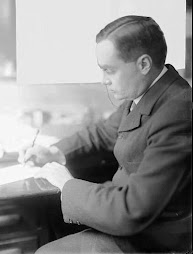Daniel B. Yeager, California Western School of Law, has posted A History of Fruit of the Poisonous Tree (1916-1942):
--Dan ErnstThis is a history of a little-known stage within an otherwise well-known area of criminal procedure. The subject, “fruit of the poisonous tree,” explains the exclusion from trial of evidence (the fruit) derived from unconstitutional police practices (the tree). The Supreme Court first deployed the metaphor in 1939; exclusion of fruits by any other name, however, dates to before the Court began reviewing state convictions. While academic interest in the 1963-to-present phase of fruits is keen, the first quarter of what is now a century of history is taken as given, described in only the most conclusory terms. The 1916-1942 era began with a recently expanded federal criminal law, followed by an expanded review of convictions in the Supreme Court, whose energies Prohibition would divert to other issues of enforcement. As a result, development of fruits doctrine was taken up by the lower federal courts, led by the Second Circuit, which in turn was led by Judge Learned Hand. As the first to articulate the admissibility of so-called derivative evidence (as in copies of illegally seized papers), Hand & Co. were ahead of their time, extending their insights to related matters (harmless error, standing), some of which remain undeveloped to this day (as in evidence derived from coerced confessions). Mostly, the Second Circuit manifested a sensibility toward fruits that is distinct from the wooden, causal, torts-based angle the Supreme Court would come to adopt.
Learned Hand (LC)
